Gas discharge lamps: types, device, how to choose the best
Do you want to purchase discharge lamps to create a special atmosphere in the room? Or look for bulbs to stimulate plant growth in a greenhouse? Equipping with economical light sources will not only make the interior more advantageous and will help in crop production, but will also save energy. Is that right?
We will help you deal with the range of gas-discharge lighting. The article discusses their features, characteristics and scope of high and low pressure bulbs. Selected illustrations and videos to help you find the best option for energy-saving lamps.
The content of the article:
Device and characteristics of discharge lamps
All the main parts of the lamp are enclosed in a glass flask. Here is the discharge of electrical particles. Inside, there may be either sodium or mercury vapors, or any of the inert gases.
As gas filling, such options as argon, xenon, neon, krypton are used. More popular are products filled with vaporous mercury.
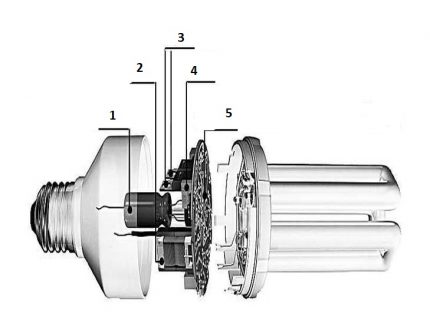
The capacitor is responsible for operation without blinking. The transistor has a positive temperature coefficient, which provides instant start-up of the GRL without flicker. The work of the internal structure begins after the generation of an electric field passes in the gas discharge tube.
In the process, free electrons appear in the gas. Colliding with metal atoms, they ionize it. During the transition of some of them, excess energy appears, which generates light sources - photons. The electrode, which is the source of the glow, is located in the center of the GRL. The whole system is united by a base.
A lamp can emit different light shades that a person can see - from ultraviolet to infrared. To make this possible, the inside of the flask is coated with a luminescent solution.
Fields of application
Gas discharge lamps are in demand in various fields.Most often they can be found on city streets, in production shops, shops, offices, train stations, large shopping centers. They are also used to highlight billboards with advertising, building facades.
GRL used in headlights of cars. Most often these are lamps with high light output - neon patterns. Some car headlights are filled with metal halide salts, xenon.
The first gas-discharge lighting devices for vehicles were designated D1R, D1S. The following are D2r and D2swhere S indicates a searchlight optical circuit, and R - reflex. Apply light bulbs and when photographing.
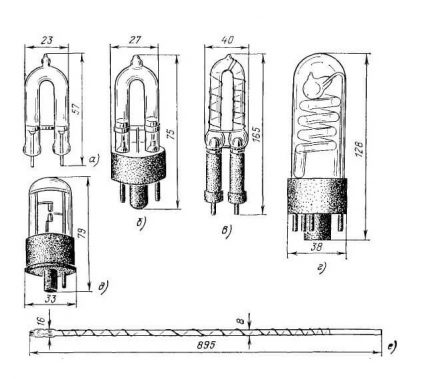
In the process of photographing these lamps allow you to control the luminous flux. They are compact, bright and economical. A negative point is the inability to visually control the chiaroscuro that the light source forms.
In the agricultural sector, GRLs are used to irradiate animals and plants, to sterilize and disinfect products. For this purpose, the lamps should have a wavelength of the appropriate range.
The concentration of radiation power in this case is also of great importance. For this reason, the most suitable are powerful products.
Types of discharge lamps
The GRL is divided into types according to the type of glow, such a parameter as pressure, as applied to the purpose of use. All of them form a specific light flux. Based on this feature, they are divided into:
- fluorescent devices;
- gas-light varieties;
- induction options.
In the first of them, the light source is atoms, molecules or their combinations, excited by a discharge in a gaseous medium.
Secondly, phosphors, a gas discharge activates the photoluminescent layer covering the flask, as a result, the lighting device begins to emit light. Lamps of the third kind function due to the glow of electrodes, incandescent from a gas discharge.

Depending on the filling arc discharge devices divided into mercury, sodium, xenon, metal halide lamps other. Based on the pressure inside the flask, they are further separated.
Starting from a pressure value of 3x104 and up to 106 Pa they are referred to as high pressure lamps. In the low category, devices fall with a parameter value of 0.15 to 104 Pa More than 106 Pa - superhigh.
View # 1 - high pressure lamps
RLVD differ in that the contents of the flask are subject to high pressure. They are characterized by the presence of significant luminous flux in combination with low energy consumption. Usually these are mercury samples, so they are most often used for street lighting.
Such discharge lamps have solid light output and effective operation in bad weather conditions, but they do not tolerate low temperatures.
There are several basic categories of high pressure lamps: DRT and DRL (mercury arc) DRI - the same as DRL, but with iodides and a number of modifications created on their basis. The same series also includes sodium arcs (DNT) and DCT - xenon arc.
The first development is the DRT model. In the marking, D stands for arc, the symbol P stands for mercury; this model is tubular, the letter T in the marking indicates. Visually, this is a straight tube made of quartz glass. On its two sides are tungsten electrodes. Use it in irradiation plants. Inside is a bit of mercury and argon.
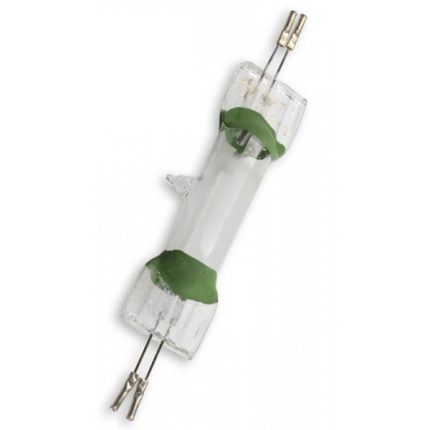
The lamp is connected to the network in series with throttle using a resonant circuit.The luminous flux of the DRT lamp consists of 18% of ultraviolet radiation and 15% of infrared. The same percentage is visible light. The rest is losses (52%). The main application is as a reliable source of ultraviolet radiation.
To illuminate places where the color rendering quality is not very important, DRL lighting devices (arc mercury) are used. There is practically no ultraviolet radiation. Infrared is 14%, visible - 17%. Heat losses account for 69%.
The design features of the DRL lamps allow them to be ignited from 220 V without the use of a high-voltage pulse ignition device. Due to the fact that the circuit has a choke and a capacitor, the oscillations of the light flux are reduced, the power factor increases.
When the lamp is connected in series with the inductor, a glow discharge occurs between the additional electrodes and the main neighboring ones. The discharge gap is ionized, resulting in a discharge between the main tungsten electrodes. The operation of the ignition electrodes is terminated.
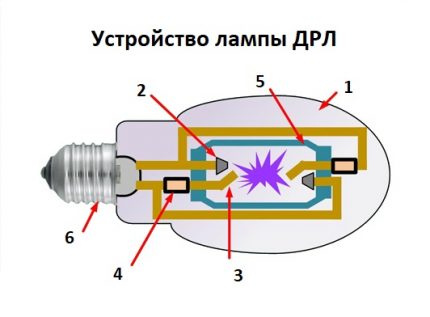
DRL burners basically have four electrodes - two workers, two igniting. Their inside is filled with inert gases with the addition of a certain amount of mercury in their mixture.
DRI metal halide lamps also belong to the category of high pressure devices. Their color efficiency and color rendering quality are higher than those of the previous ones. The composition of the additives affects the appearance of the radiation spectrum. The shape of the bulb, the absence of additional electrodes and a phosphor coating are the main differences between DRI lamps and DRL.
The scheme, which includes the DRL in the network, contains an IZU - pulse ignition device. In the tubes of the lamps there are components included in the halogen group. They increase the quality of the spectrum of visible radiation.
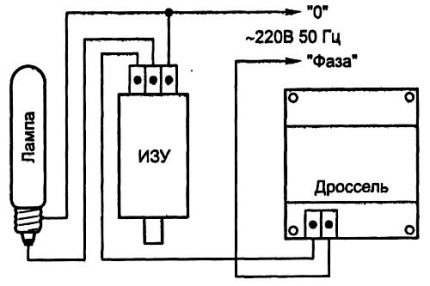
As it warms up, both mercury and additives evaporate, thereby changing the lamp resistance, the light flux, and the emitting spectrum. On the basis of devices of this type, DRIZ and DRISH are created. The first of the lamps is used in dusty, moist rooms, as well as in dry ones. The second - illuminate color television shots.
The most effective are DNaT lamps - sodium. This is due to the emitted wavelength - 589 - 589.5 nm. High pressure sodium devices operate at a value of about 10 kPa.
For the discharge tubes of such lamps, a special material is used - light-transmitting ceramics. Silicate glass is unsuitable for this purpose, because sodium vapor is very dangerous for him. Working pairs of sodium introduced into the flask have a pressure of 4 to 14 kPa. They are characterized by small potentials of ionization and excitation.
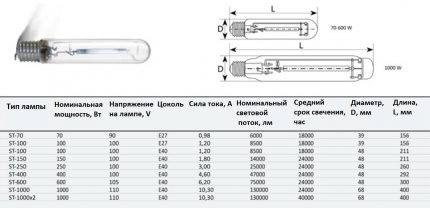
To compensate for the loss of sodium, which inevitably occurs during the combustion process, some excess is needed. This gives rise to a proportional relationship between mercury, sodium pressure and cold spot temperature. In the latter, condensation of excess amalgam occurs.
When the lamp burns, evaporation products settle on its ends, which leads to darkening of the ends of the bulb. The process is accompanied by a change in the direction of increasing cathode temperature, an increase in the pressure of sodium and mercury. As a result, the potential and voltage of the lamp increases. When installing lamps sodium ballasts from DRL and DRI are unsuitable.
View # 2 - low pressure lamps
In the internal cavity of such devices is gas under a pressure lower than the external.They are divided into LL and CFL and used not only for lighting retail outlets, but also for home furnishing. Fluorescent lamps in this series are the most popular.
The conversion of energy of electricity into light occurs in two stages. The current between the electrodes provokes radiation in mercury vapor. The main component of the radiant energy that appears in this case is the short-wave UV radiation. Visible light is close to 2%. Next, the arc radiation in the phosphor is transformed into light.
Marking of fluorescent lamps contains both letters and numbers. The first symbol is a characteristic of the radiation spectrum and design features, the second is power in watts.
Decoding of letters:
- LD - fluorescent daylight;
- LB - white light;
- LHB - also white, but cold;
- Ltbs - warm white.
For some lighting devices, the spectral composition of the radiation is improved in order to obtain better light transmission. In their marking there is a symbol "Ts". Fluorescent lamps provide the room with a uniform, soft light.
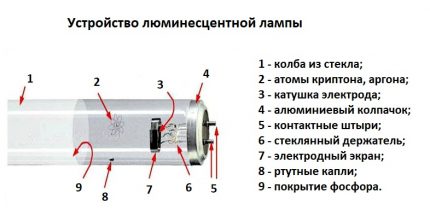
The radiation surface of the LL is quite large, so it is difficult to control the spatial dispersion of light. In non-standard conditions, in particular, with high dust content, reflex lamps are used. In this case, the inner area of the bulb does not completely cover the diffuse reflective layer, but only two thirds of it.
Phosphor cover 100% of the inner surface. The part of the bulb that does not have a reflex coating allows the light flux to pass much more than the same volume tube of a conventional lamp — about 75%. Such lamps can be recognized by marking - the letter “P” is included in it.
In some cases, the main characteristic of LL is Colour temperature Tts. Equate it to the temperature of the black body, issuing the same color. According to the outlines, LL are linear, U-shaped, in the form of the symbol W, circular. The designation of such lamps includes the corresponding letter.
The most popular devices having a power of 15 - 80 watts. With a light output of 45 - 80 lm / W, the burning of LL lasts at least 10,000 hours. The quality of work of LL is very affected by the environment. An outdoor temperature of 18 to 25⁰ is considered working for them.
With deviations, both the luminous flux and the efficiency of light output and the ignition voltage decrease. At low temperatures, the chance of ignition approaches zero.
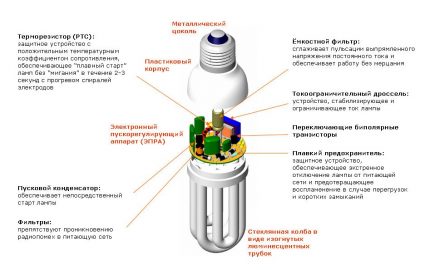
Luminescent compact lamps - CFLs also belong to low-pressure lamps.
Their device is similar to ordinary LL:
- High voltage passes between the electrodes.
- Mercury vapor ignites.
- There is an ultraviolet glow.
The phosphor inside the tube makes the ultraviolet rays invisible to human vision. Only the visible glow becomes available. The compact design of the device became possible after changing the composition of the phosphor. CFLs, like ordinary LDs, have different capacities, but the former are much lower.
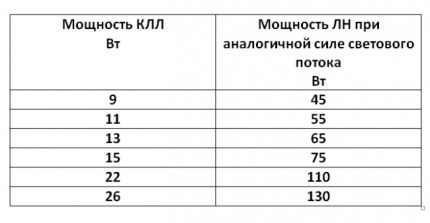
Color temperature measurement takes place in kelvins. The value 2700 - 3300 K indicates a warm yellow color. 4200 - 5400 - ordinary white, 6000 - 6500 - cold white with blue, 25000 - lilac. Color adjustment is carried out by changing the components of the phosphor.
The color rendering index characterizes such a parameter as the identity of the naturalness of color with a standard that is close to the maximum to the sun.Absolutely black - 0 Ra, the largest value - 100 Ra. CFL lighting fixtures range from 60 to 98 Ra.
Sodium lamps, belonging to the low pressure group, have a high temperature of the maximum cold point - 470 K. A lower one cannot help maintain the required level of concentration of sodium vapor.
The resonant emission of sodium approaches its peak at a temperature of 540-560 K. This value is comparable with the pressure of sodium vaporization of 0.5-1.2 Pa. The luminous efficiency of lamps in this category is the highest compared to other general lighting fixtures.
The positive and negative sides of GRL
GRLs are found both in professional equipment and in devices intended for scientific research.
As the main advantages of lighting devices of this kind, their characteristics are usually called:
- High light output. This figure does not really reduce even thick glass.
- Practicality, expressed in durability, which allows them to be used for street lighting.
- Stability in harsh environments. Until the first drop in temperature, they are used with conventional shades, and in winter with special lights and headlights.
- Affordable cost.
The disadvantages of these lamps are not very many. An unpleasant feature is the rather high level of pulsation of the light flux. The second major drawback is the complexity of inclusion. For stable combustion and normal operation, they simply need ballast, which limits the voltage for the limits necessary for the devices.
The third minus is the dependence of the combustion parameters on the temperature reached, which indirectly affects the pressure of the working steam in the flask.
Therefore, most gas-discharge devices gain standard combustion characteristics after a certain time period after switching on. The emitting spectrum in them is limited, so the color rendition of both high-voltage and low-voltage lamps is not ideal.
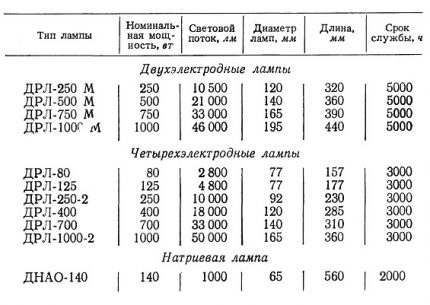
Operation of devices is possible only in alternating current conditions. Activate them with a ballast choke. It takes some time to warm up. Due to the content of mercury vapor, they are not entirely safe.
Conclusions and useful video on the topic
Video # 1. Information about the GL. What is it, the principle of work, the pros and cons in the following video:
Video # 2. Popular about fluorescent lamps:
Despite the emergence of increasingly sophisticated lighting devices, gas discharge lamps do not lose their relevance. In some areas, they are simply irreplaceable. Over time, GRL will certainly find new applications.
Tell us about how you chose a discharge lamp for installation in a summer cottage or home lamp. Share what has become a decisive factor for you personally. Please leave comments in the block below, ask questions and post a photo on the topic of the article.

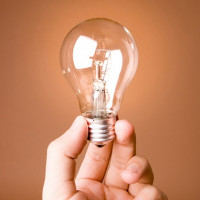 Incandescent lamps: types, specifications, how to choose the right
Incandescent lamps: types, specifications, how to choose the right 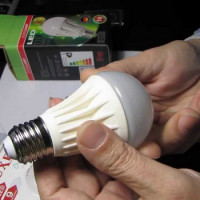 Which LED lamps are better to choose: types, characteristics, choice + best models
Which LED lamps are better to choose: types, characteristics, choice + best models 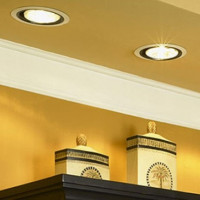 LED Ceiling Lamps: types, selection criteria, best manufacturers
LED Ceiling Lamps: types, selection criteria, best manufacturers 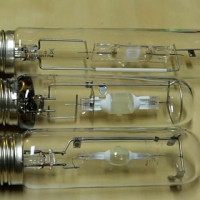 Metal halide lamps: types, device, pros and cons + selection rules
Metal halide lamps: types, device, pros and cons + selection rules 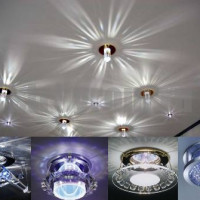 Lamps for suspended ceilings: types, how to choose the best + brand overview
Lamps for suspended ceilings: types, how to choose the best + brand overview 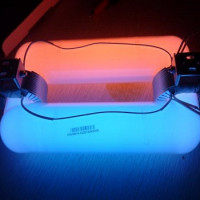 Induction lamps: device, types, scope + rules of choice
Induction lamps: device, types, scope + rules of choice  How much does it cost to connect gas to a private house: the price of organizing gas supply
How much does it cost to connect gas to a private house: the price of organizing gas supply  The best washing machines with dryer: model rating and customer tips
The best washing machines with dryer: model rating and customer tips  What is the color temperature of light and the nuances of choosing the temperature of the lamps to suit your needs
What is the color temperature of light and the nuances of choosing the temperature of the lamps to suit your needs  Replacement of a geyser in an apartment: replacement paperwork + basic norms and requirements
Replacement of a geyser in an apartment: replacement paperwork + basic norms and requirements
In our holiday village, there is a voltage problem - sometimes it drops to 160V.Will the discharge lamps function normally? I'm going to cover the section itself and part of the road.
Good afternoon, Maxim. Before planning the lighting, concern the chairman of the cottage village with a search for the causes of the voltage drop. The symptomatology given by you is characteristic of phase imbalances. Here, an additional influence will be provided by the grounding of the transformer zero and the presence of repeated groundings at the supports.
After restoring normal network operation, ask the chairman if you can increase the lighting power in the area. I think that your load is limited.